Don't lie to Mi: Xiaomi caught rigging benchmark-results
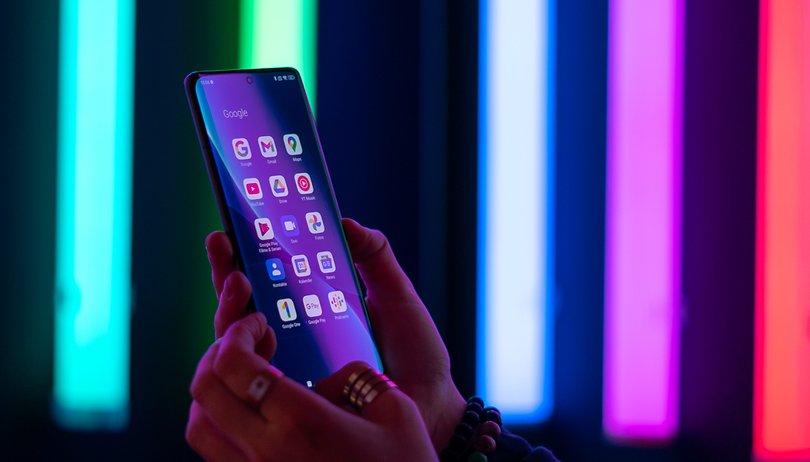

Read in other languages:
Xiaomi is now on a hot seat following some allegations that it is purposedly throttling applications and games while boosting the smartphone performance during benchmarking. This is a similar issue that's still hot on the heels of Samsung's Game Optimizing Service (GOS) controversy.
TL;DR
- Xiaomi is caught tweaking hardware performance of its devices.
- Benchmark scores are purposedly boosted.
- Xiaomi is using identifier to favor which applications to throttle or boost.
Based on tests of their software GeekBench, the developer JFPoole found out that Xiaomi is limiting the performance of a handful of Android games and apps. The test disguised the original application as a Geek Bench app and found that results are higher compared to undisguised applications, such as Fortnite.
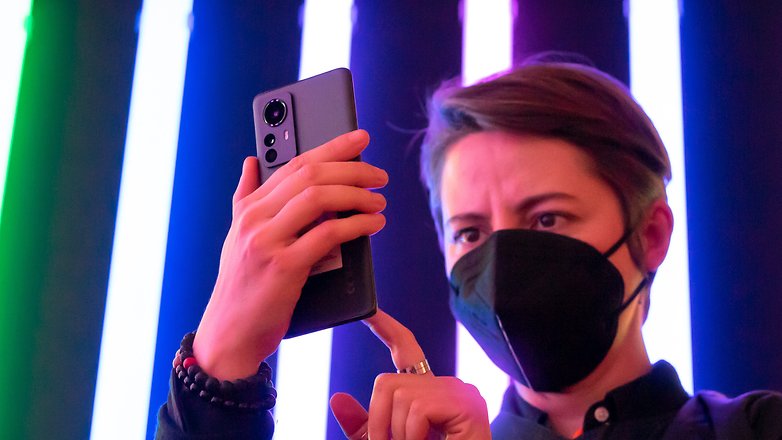
The allegations are also supported by Android Police that tested several spoofing scenarios on the Xiaomi 12 Pro and Xiaomi 12X. They found that benchmark scores are lower on naked apps and games. The single core and multicore results showed higher when these apps are disguised as a benchmarking tool.
- Read also: Xiaomi 12 Pro review
Hardware throttling is prominent to the Snapdragon 8g1 devices but also affects the other models such as the Xiaomi 12X (Snapdragon 870 SoC). Both parties mention that Xiaomi uses identifier on devices which is a similar approach back when Samsung was caught slowing down the performance of more than 10,000 Android apps. Only this time, Xiaomi is narrowing it with the type of chipset.
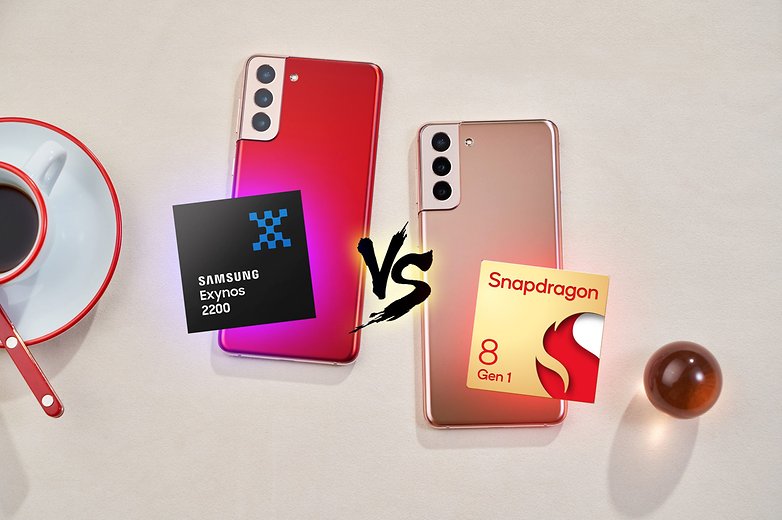
Why do manufacturers throttle the phone's hardware performance?
There are several reasons why Xiaomi, Samsung, and other manufacturers are doing such act. The most reasonable, and yet beneficial, is to save the phone's battery life. This is a valid reason since most apps don't require huge processing power after all.
It is another matter for games as less power degrades the user experience when playing. Most gamers also prefer having a speedy performance and higher frame per second rate (FPS) when playing. This issue may somehow affect their preferences when buying their next smartphone if brands won't release a solution.
- Download: Pro version Android and iOs apps that are now free
Another viable reason for this is to avoid overheating issues. The current Qualcomm Snapdragon 8 gen 1 chip is known to produce higher level of heat compared to the less efficient and older Snapdragon chipsets. So perhaps, Xiaomi would rather avoid the heating complaints than caught handedly of tweaking their performance of their devices.
What is your stand on this throttling controversy? Do you agree that it is okay to limit the hardware performance of your phone in order to extend its battery life and avoid overheating? Let us know your thoughts in the comment.
Source: Android Police







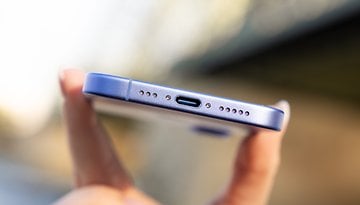
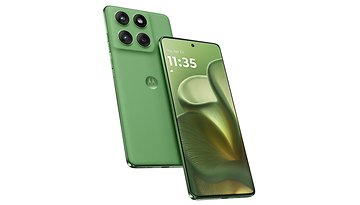



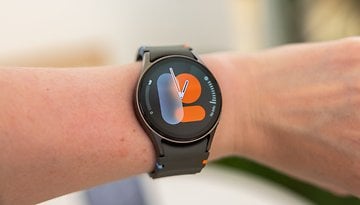

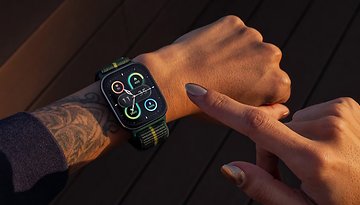





We all suspected this, I'm sure.
I'd like to be able to make my own settings for throttle for apps. email, chat can have a relatively low setting, and so on. I did this on my Handspring Visor and Sony Clie. And I think on my Dell Axim, but I may be wrong about that one.